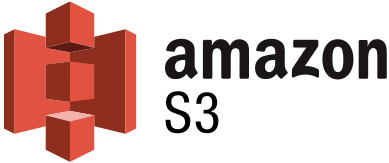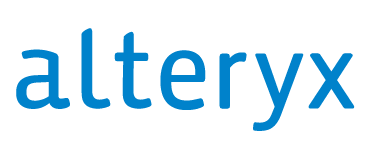When you've got tons of data and patient health on the line, getting the right info into the right people's hands is critical. Here's a behind-the-scenes look at how Symphony Care used Panoply to build a solution for tracking COVID data in less than a week.
The Company
Symphony Care Network is a Chicago-based innovative post-acute care provider that helps people transition back home after a hospitalization and provide assisted living communities for long-term residents with medical needs.
While their main focus is their patients, Symphony uses data behind the scenes not only to run their operations, but also to improve patient care.
We view data as our secret sauce.
- Nathan Patrick Taylor, Chief Information Officer
The Challenge
With hundreds of residents at 28 locations, Symphony generates a ton of data. In fact, Nathan says, “Vitals get collected every 5 to 6 minutes for every patient, 24 hours per day.” The result is a data table with 250 million rows that absolutely has to be accurate and up-to-date—and that’s just one of Symphony’s data sets.
To handle all that data, Symphony started out by building straight dimension and fact tables in little data marts that staff could easily access. That worked for a while, but it couldn’t support their growing data needs.
When Symphony decided to invest in their data stack, Snowflake seemed like the obvious choice. But over the course of a year, Nathan realized that they’d ended up “way over-purchasing and under-utilizing.” His team had estimated they’d need to move 80-90GB of data per month. In reality, it was closer to 10GB.
They just weren’t seeing the results they needed to justify Snowflake’s expense—or the time it took to manage it. Nathan went looking for a solution that would better fit Symphony’s needs...and that’s where Panoply came in.
We’re trying to do more with better tools. We have the talent to build everything ourselves, but we don’t have the time and capacity.
The Solution
When Nathan found Panoply, he was afraid it was too good to be true. But he took a chance because “If this does what it says it does, this is exactly what we need.”
If [Panoply] does what it says it does, this is exactly what we need.
Pricing was a major factor for Symphony. While other platforms charged based on how much data they moved or the number of people who had access, Panoply’s pricing model was simple and transparent, making the decision a no-brainer.
While most of implementation was a breeze, Nathan ran into trouble setting up incremental loading. It was 2am, so he submitted a ticket and assumed that he’d have to wait hours for an answer. That's when he learned:
Panoply’s support team is unbelievably responsive.
One of Panoply’s data architects hopped on the chat immediately, gave him a clear and simple answer, and a table that had been taking nearly an hour to load was ready in 90 seconds.
The Result
With Panoply in place, Symphony started seeing benefits almost immediately. Along with intangibles like fewer headaches around routine reporting, Symphony’s use of Panoply resulted in:
|
60% |
|
20% |
|
$120k |
But like so many stories from 2020, this one comes with a twist: Symphony became a Panoply customer in March just before COVID-19 hit. Symphony implemented rapid testing to prevent infection among residents and staff, but needed a way to manage all that new data.
[Because of COVID-19] we had to spin out new reports very quickly, and Panoply made that easy.
With Panoply in place, employees entered the data into Google Sheets where it was automatically synced to Panoply, stored, and accessed via Power BI. That enabled frontline staff to monitor patient progress and treat symptoms in near real-time.
In just four days, Nathan’s team was able to build an end-to-end solution for tracking their COVID data. Panoply’s easy integrations with key data sources and Power BI meant they could make quick adjustments on the fly and create additional reporting as Symphony’s clinical team identified additional needs.
The Future
Panoply gave Nathan and his team a stable, hassle-free way to “load the data and be done.” And that’s made a huge difference for what his team can take on.
Looking to the future Nathan says, “The end game of all of this is being able to do really cool stuff” like predictive analytics and forecasting that can alert employees when a resident is a likely candidate for readmission, pressure ulcers, or a fall.
Because Panoply handles tedious maintenance tasks, Nathan’s team is free to take on next-level data science—an ideal outcome for both them, Symphony, and the residents they serve.
Panoply is used by some of the world’s most data-driven companies.











